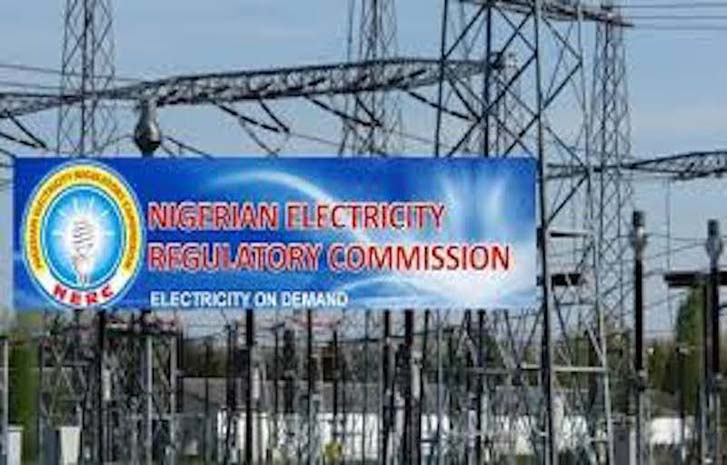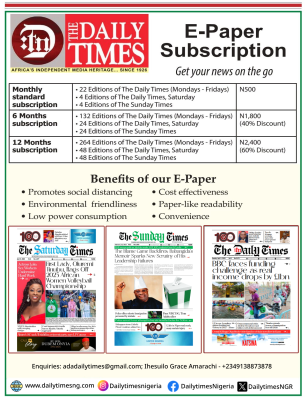Consumers kick as DisCos increase electricity tariff

By Godwin Anyebe
Power consumers across the country have kicked against the quietly increased power tariff by Electricity Distribution Companies (DisCos).
Although most of the Discos did not make this public, electricity users have described it as “a perfect robbery” amidst the harsh economic realities in Nigeria currently.
Reacting to the price hike, a resident of a Lagos highbrow estate, Mr. Oye Sola, lamented the increase.
READ ALSO: Fuel queues may persist at major marketers’ Outlets
He said, “Electricity tariff is now N72.2 per unit. Another price hike from N66; I suspect they are going to N100. A higher price for poorer services.
Another customer of Ikeja Disco identified as Ola Busari said, “They are just milking us. This is a perfect robbery. Discos need to be checked.
Another Lagos resident named Olojede said, “They increased prices without informing us. There was no official communication to us as our estate representatives.” However, the Nigerian Electricity Regulatory Commission, in its Multi-Year Tariff Order, provides a 15-year tariff path for the Nigeria Electricity Supply Industry with limited minor reviews each year.
It states that reviews are in the light of changes in a limited number of parameters such as inflation, interest rates, exchange rates and generation capacity, and major reviews every five years when all of the inputs were reviewed with the stakeholders.
NERC, however, did not announce the latest hike in tariff, which a power distribution company attributed to the regulator on Wednesday.
A Twitter user, Oyibo Ediri, accused the Abuja Electricity Distribution Company of quietly increasing the tariff in December, alleging that the firm raised the rate for non-maximum demand customers by N12.65.
The Twitter user stated, “AEDC has quietly increased the cost of electricity. Cost increased from N57.55 in December to N68.2 for tariff band A non-MD. No official statement from @aedcelectricity or @NERCNG on the increase. These people won’t stop to fleece us.”
Replying to the tweet, the AEDC, via its official Twitter handle, @aedcelectricity, explained that the tariff hike was based on the order of NERC.
“Good day, please be informed that the increase in Tariff is in compliance with NERC order,” the Disco stated.
Also, reacting to the response of AEDC, Ediri asked the power firm to provide the current rates approved by the NERC.
“Kindly make the current rates available as ordered by @NERCNG. Thank you,” the Twitter user stated.
Another Twitter user, Justin David, who reacted to the request by Ediri, then said, “We await their response.”
But the Disco did not make any further comment nor did it reply to the requests of the power consumers.
However, the response could not be obtained from the power regulator as of Wednesday. Its officials did not immediately respond to calls and text messages seeking clarification on the development.
NERC on its website stated that one of the primary functions of the commission as contained in Section 32 (d) of the Electric Power Sector Reform Act, 2005 was to ensure that the prices charged by licencees were fair to customers and sufficient to allow the licencees to finance their activities and obtain reasonable profit for efficient operations.
“In pursuant to the authority given under Section 76 of the EPSR Act 2005, the commission established a methodology for determining electricity tariff in the Nigerian Electricity Supply Industry and subsequently issued a tariff order called the Multi-Year Tariff Order that sets out tariffs for the generation, transmission and distribution of electricity in Nigeria,” it stated.
It added, “The purpose of the MYTO is to set cost-reflective tariffs which will allow the power sector to be properly funded and functional.
“It provides a 15-year tariff path for the NESI with limited minor reviews each year in the light of changes in a limited number of parameters (such as inflation, interest rates, exchange rates and generation capacity) and major reviews every five years, when all of the inputs are reviewed with the stakeholders.”








